Salesforce Unveils the Foundation for Building Trusted AI
Delivering
accurate and trustworthy AI is non-negotiable for enterprises, but fragmented
data and inconsistent governance stand in the way. In fact, more than 80% of AI
projects fail to deliver value, often because of poor data quality, weak
governance, and fragmented integration, according to a RAND study. To combat this,
Salesforce is expanding data, governance, security, and semantics capabilities
across the Salesforce
Platform — so every AI agent operates
with the same accuracy, context, and control. These innovations help companies
move from cautious experimentation to transformative action, scaling AI responsibly
across every workflow to power the Agentic
Enterprise.
The Salesforce Platform
provides the essential scaffolding for the Agentic Enterprise — a new model of
work where humans and AI agents collaborate seamlessly across every workflow,
decision, and interaction. The platform delivers three core capabilities that
make this model accurate, explainable, and secure:
- Context and Accuracy — ensuring outputs are
grounded in unified business data and knowledge.
- Built-in Trust, Security, and Compliance — embedding visibility,
control, and compliance into every workflow.
- Open and Unified — connecting agents,
data, and semantics across ecosystems to avoid lock-in and ensure consistency.
What’s
New
Building on its
commitment to context, trust, and openness, Salesforce today introduced new
innovations that enable enterprises to scale reliable agentic AI across
every workflow:
- Data Cloud Context Indexing: A new indexing pipeline
in Data Cloud helps AI agents
interpret unstructured content — like contracts, diagrams, and tables —
through a business-aware lens. This surfaces precise details from vast,
disconnected information, making it easier to get the right answers
faster. For example, a field engineer can upload a schematic and have the
agent guide them step-by-step through a troubleshooting decision tree —
getting to the right fix in minutes, not hours.
- Data Cloud Clean Rooms: Now generally available, Data
Cloud Clean Rooms let companies securely share, collaborate, and analyze
data to unlock intelligent insights without moving or exposing raw data.
The offering extends the power of a typical clean room by leveraging zero
copy connectivity, eliminating the need to duplicate sensitive datasets —
reducing security and compliance risks and cutting storage costs. For
example, a group of global banks are using Clean Rooms to compare
transaction patterns and detect fraud rings in hours instead of weeks —
without exposing sensitive customer records to one another. Additionally,
companies can securely collaborate with partners through our
privacy-enhanced, native integration with AWS Clean Rooms.
- Tableau Semantics: Tableau Semantics is an
AI-powered semantic layer, natively integrated with Data Cloud, that
translates raw data into business language. To accelerate time to value,
Tableau is delivering an out-of-the-box Customer 360 Semantic Data Model
(SDM) that unifies cross-cloud data and metadata, simplifying modeling,
enforcing consistent metric governance, and providing the business context
AI and BI need for accurate, trustworthy insights. To facilitate this,
Tableau is co-creating the industry’s first open semantic interchange. We’re also
partnering with leaders like Databricks, dbt Labs, and Snowflake to enable
standardized semantics across platforms — ensuring analytics and AI remain
consistent, explainable, and grounded in shared business definitions. For
example, companies that define “ACV” differently across teams can now
unify that logic, so every agent and every dashboard uses the same
definition of revenue.
- MuleSoft Agent Fabric: As companies accelerate
their AI adoption, they’re facing an explosion of agents across teams,
platforms, and vendors. This surge introduces a new form of fragmentation
— agent sprawl — where disconnected workflows, redundant automations, and
compliance blind spots emerge. MuleSoft Agent Fabric gives
enterprises a single place to register, orchestrate, and govern every AI
agent, regardless of where it was built. For example, this allows a global
retailer with an agent for tracking inventory, another for updating
prices, and a third for detecting fraud to work together, not operate in
silos, to make pricing adjustments automatically and fraud checks happen
in real time.
- Embedded AI Security and Compliance: New AI-powered security
capabilities will be embedded across the Salesforce Platform, streamlining
the maintenance of security and compliance posture. This includes new
integrations industry leaders like CrowdStrike and Okta,
ensuring that security threat identification and compliance management are
proactive and integrated into the agentic enterprise’s operating mesh.
- Informatica Acquisition Unlocks Enterprise
Metadata: The
planned acquisition of Informatica (subject to close by Q1 FY27) will
bring together Informatica’s data catalog, integration, governance,
quality, privacy, and Master Data Management (MDM) capabilities with the
Salesforce Platform to create a unified data architecture for agentic AI.
This will give enterprises the metadata intelligence needed to ensure AI
agents operate safely, responsibly, and at scale across the agentic
enterprise.
“At Salesforce, we believe AI is the most powerful
enabler of business transformation today. But for it to deliver on its promise,
it must be grounded in deep business context to power the true force
multipliers: intelligent automation and actionable insights,” said Rahul
Auradkar, EVP & GM, Unified Data Services. “That’s why we’re building a
unified foundation that harmonizes all of a company’s structured and
unstructured data to surface these insights and fuel this automation, all
grounded in the governance and security needed to operate with confidence. With
these innovations, we’re helping our customers move faster, scale responsibly,
and unlock the full potential of the Agentic Enterprise.”



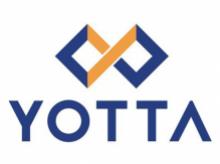

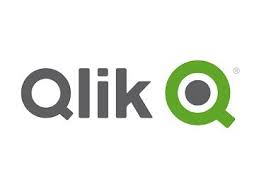









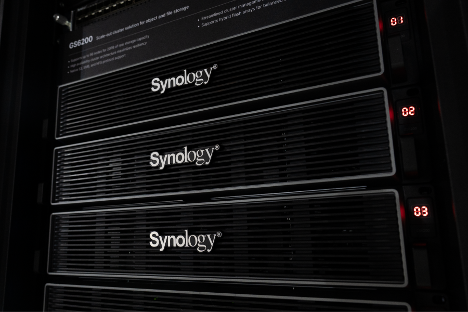










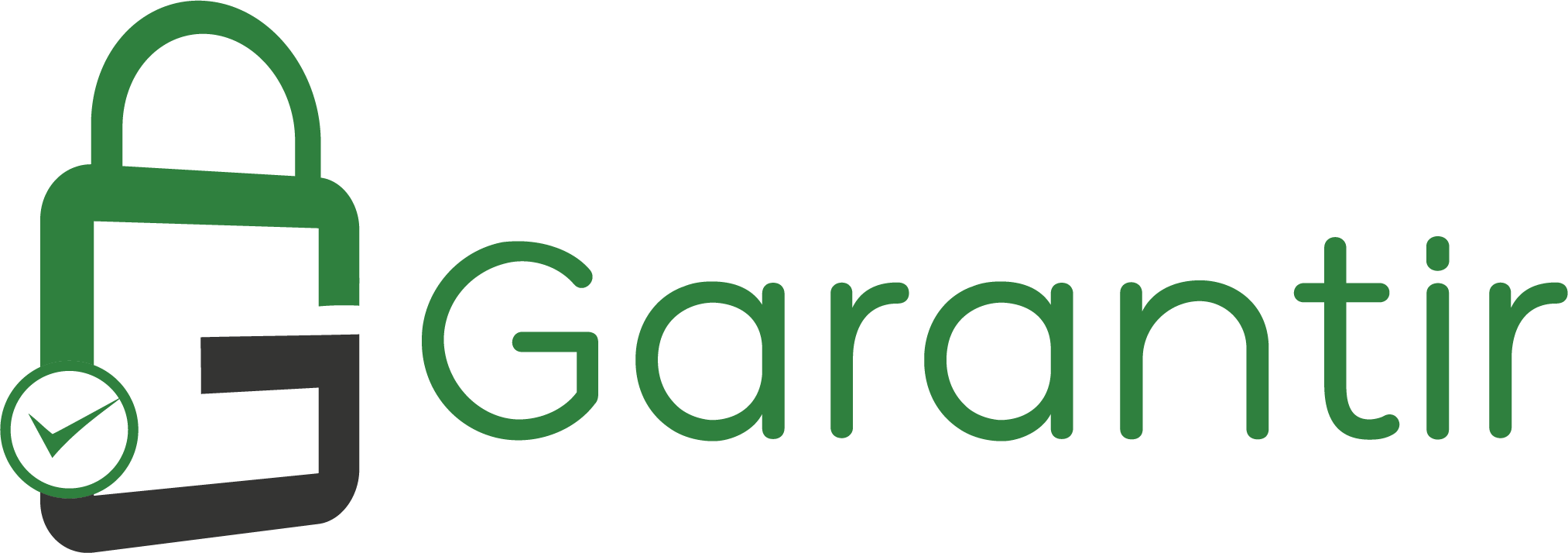





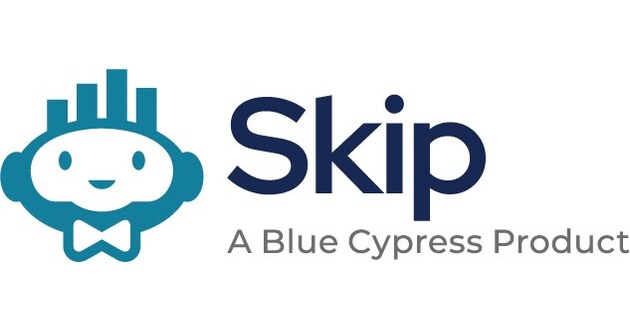
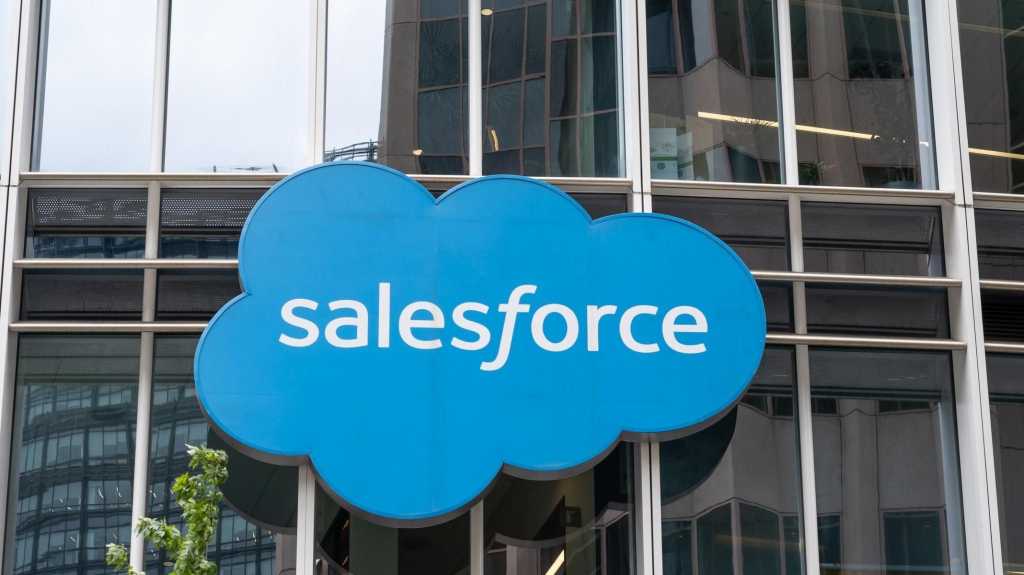
Leave A Comment